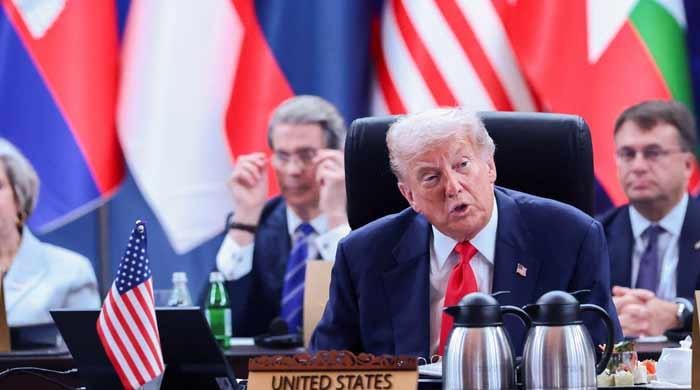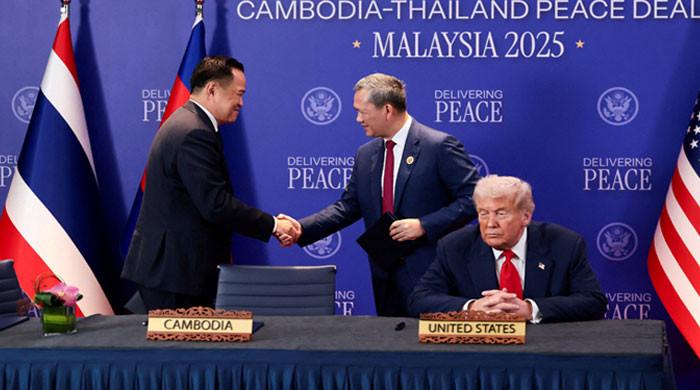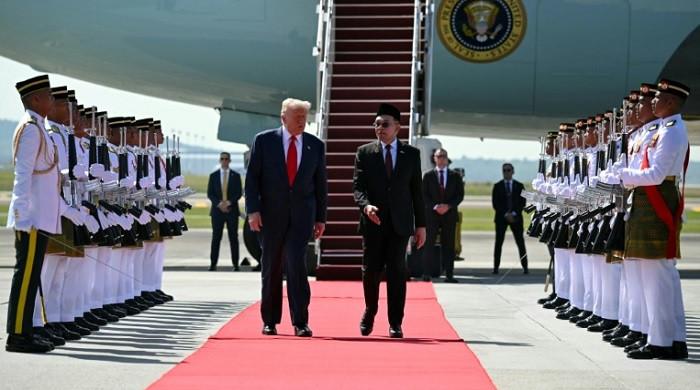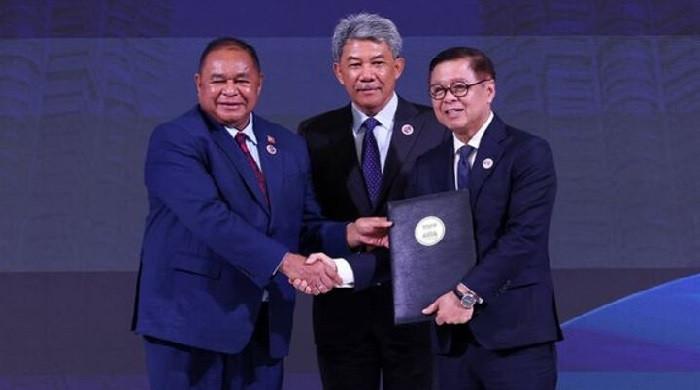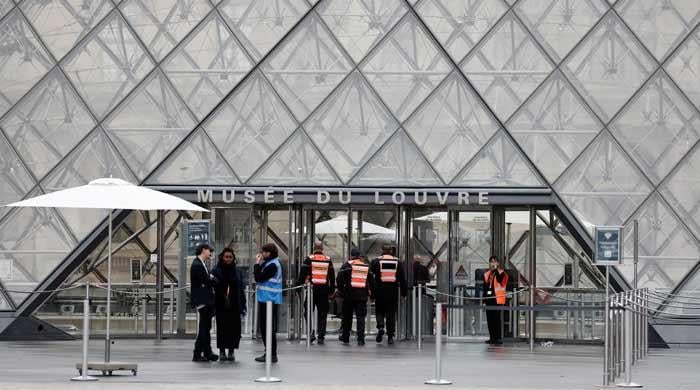Does India's twin aircraft carriers give it 'formidable maritime capabilities'?
UK, China were previously only countries to build aircraft carriers domestically but are yet to perform dual-carrier operations like India
June 15, 2023
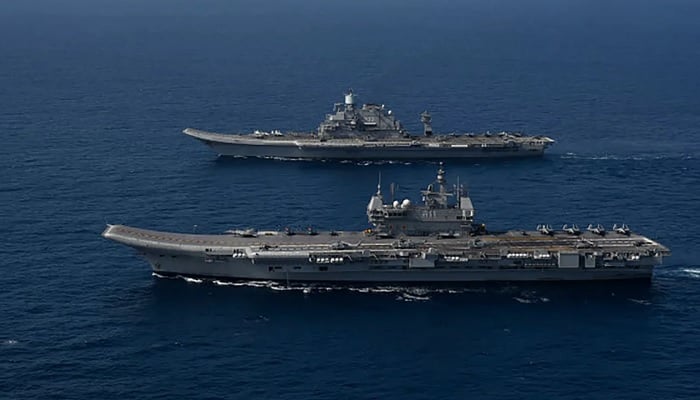
India earlier this week swanked its “formidable maritime capabilities” — its aircraft carriers INS Vikramaditya and INS Vikrant — in the Arabian Ocean in what analysts said could be a powerful message to China as well as Pakistan that don’t mess with the Southern Asia nation in its waters.
In a maritime naval exercise last week, INS Vikramaditya and INS Vikrant led battle groups with more than 35 aircraft, surface ships and submarines in a combined operation.
Senior fellow for naval forces and maritime security at the International Institute for Strategic Studies (IISS), Nick Childs said, “This is not a small achievement and underlines that the Indian Navy is one of very few in the world that operates more than one aircraft carrier”.
The United States Navy is the only force that has led such an operation in recent times.
The $3 billion Vikran is India’s first domestically assembled carrier and was commissioned in September, a year prior. As for Vikramaditya, it was bought from Russia and went into service in 2013.
The UK and China were previously the only two countries to have built aircraft carriers domestically but, have yet to perform dual-carrier operations like India.
China’s Soviet-built Liaoning, domestically built Shandong and a yet-to-be-commissioned Fujian are its notable aircraft carriers.
As it continues to be India’s rival in this field, Carl Schuster, a former US Navy captain concedes the operations to have been “the rejuvenation of the Indian Navy”.
Indian forces have been in cooperation with other Indo-Pacific navies, including those in the informal Quad partnership - the US, Japan and Australia.
Owing to their collaborative efforts, the navy’s operational knowledge will broaden and also open ocean experiences, according to Schuster.
China is viewed as a “pacing threat” for the US Navy and India as well, looks toward China according to Schuster.
“China’s aggression along the (shared Himalayan) border and expanding operations and presence in the Indian Ocean have become India’s most serious security concern.
The naval expansion and modernisation is intended to address that concern”, he added.
Regardless of its display of strength, the Indian carrier program remains puzzling according to Childs from IISS.
Beyond the “impressive-looking display”, there are questions regarding its “actual operational capability, he said observing that the images of the operation showed few fighter aircraft on the decks of the two carriers.
“This may indicate limited aircraft availability, or that the ship’ capacities are somewhat constrained at the moment”, Childs said.




